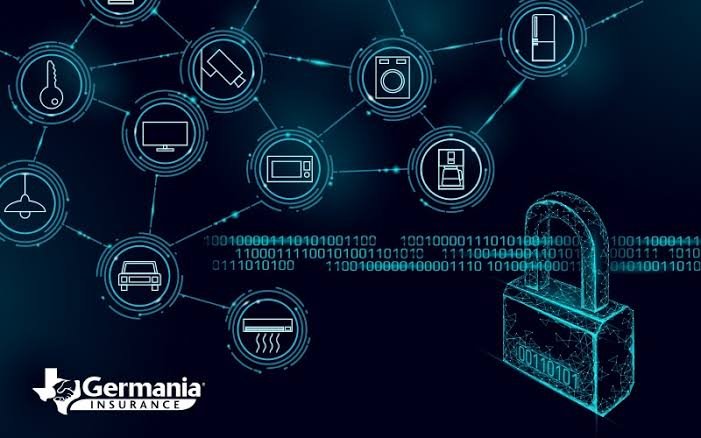By 2027, an estimated 41 billion IoT devices will span industries—from smart homes to industrial automation. But every connected sensor and actuator represents a potential attack surface. Robust security frameworks are essential to protect data integrity, user privacy, and operational continuity.
1. The Unique Challenges of IoT Security
- Resource Constraints: Many devices lack the compute or memory for full‑blown encryption stacks.
- Diverse Ecosystem: Heterogeneous hardware, firmware versions, and communication protocols complicate unified defenses.
- Lifecycle Management: Devices often remain in the field for 10+ years with limited patchability.
2. A Zero‑Trust Framework for IoT
- Device Identity & Authentication:
- Hardware Root of Trust: Embed TPMs or secure elements at manufacture—binding cryptographic keys to the device.
- Certificate‑Based Access: Rotate certificates regularly and leverage MQTT over TLS for mutual authentication.
- Network Segmentation:
- Micro‑Segmentation: Use software‑defined networking to isolate device clusters (e.g., HVAC, surveillance) into distinct virtual zones.
- Encrypted Gateways: Route all device traffic through gateways that inspect and filter commands.
- Secure Update & Patch Management:
- Signed Firmware: Enforce digital signatures on update packages; reject any code lacking a valid signature.
- Over‑the‑Air (OTA) Rollbacks: Maintain dual‑bank firmware; allow safe fallback if an update fails integrity checks.
- Runtime Monitoring & Anomaly Detection:
- Behavioral Baselines: Establish normal communication patterns (frequency, payload size) and flag deviations.
- Edge Analytics: Deploy lightweight IDS (Intrusion Detection Systems) at the network edge to detect known threat signatures.
3. Regulatory & Compliance Considerations
- GDPR & Data Localization: Sensor data containing personal identifiers must follow regional storage and consent rules.
- Industry Standards: Align with ETSI’s EN 303 645 baseline security requirements for consumer IoT and ISA/IEC 62443 for industrial systems.
4. Case Study: Smart Factory Implementation
- Context: An automotive parts manufacturer deployed 10,000 sensors to optimize assembly‑line throughput.
- Security Architecture:
- Edge gateways enforced mutual‑TLS and whitelisted command sets.
- A SIEM (Security Information and Event Management) system aggregated logs for real‑time threat hunting.
- Results: Zero successful breaches in 18 months; production uptime improved by 7% due to early anomaly alerts.
5. Emerging Trends & Best Practices
- AI‑Driven Threat Hunting: Machine‑learning models analyze telemetry data to uncover stealthy attacks.
- Blockchain for Audit Trails: Immutable device logs on a private ledger provide transparent, tamper‑proof records.
- Device‑to‑Device Security: Research into decentralized trust models (e.g., web‑of‑trust) may reduce reliance on centralized PKIs.
Conclusion
As IoT scales in both scope and criticality, security cannot be an afterthought. A zero‑trust, defense‑in‑depth approach—anchored in strong device identity, network segmentation, and continuous monitoring—will be vital to safeguarding tomorrow’s hyperconnected environments.









